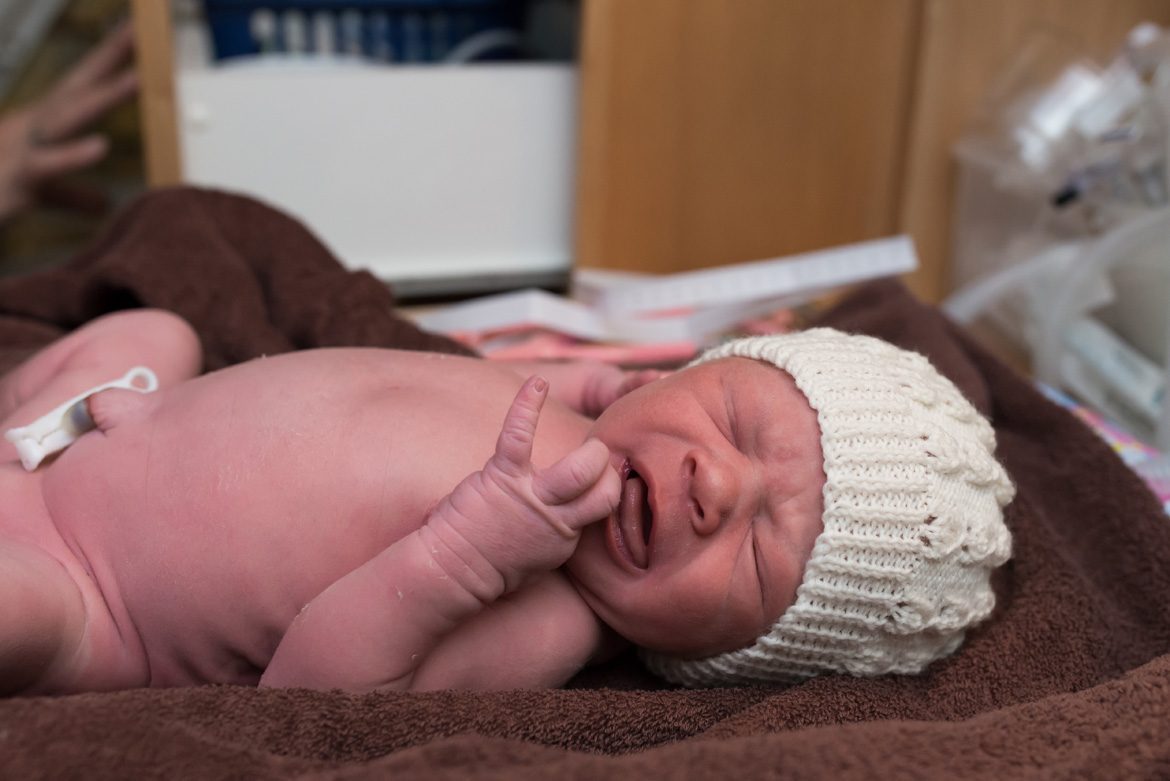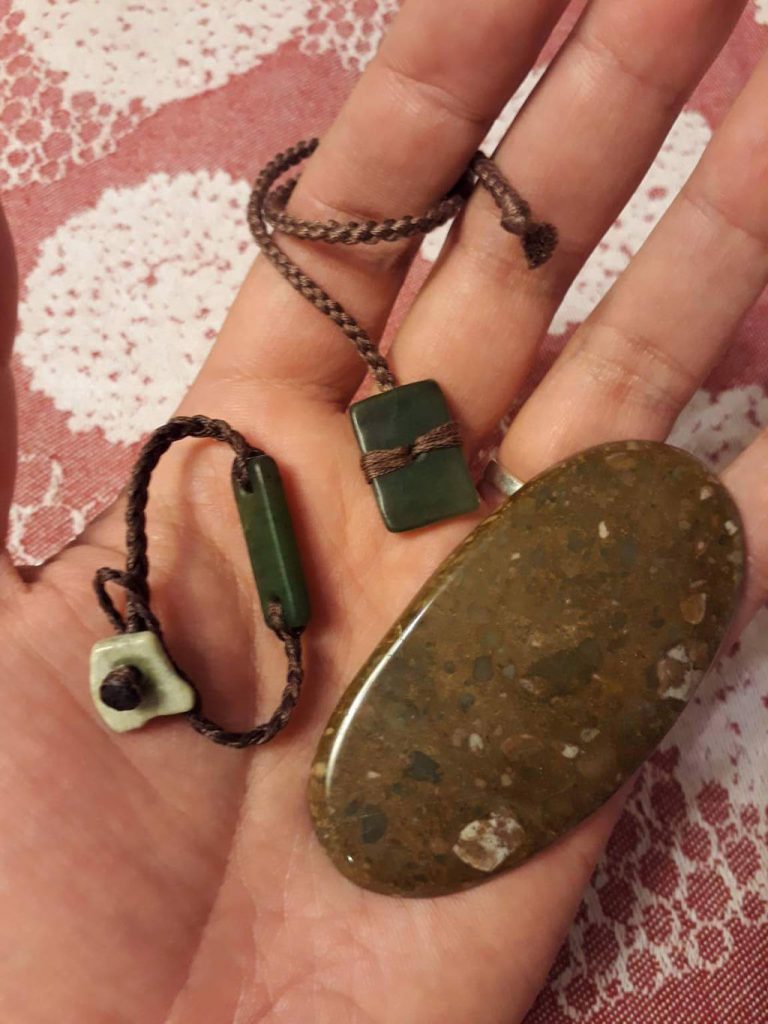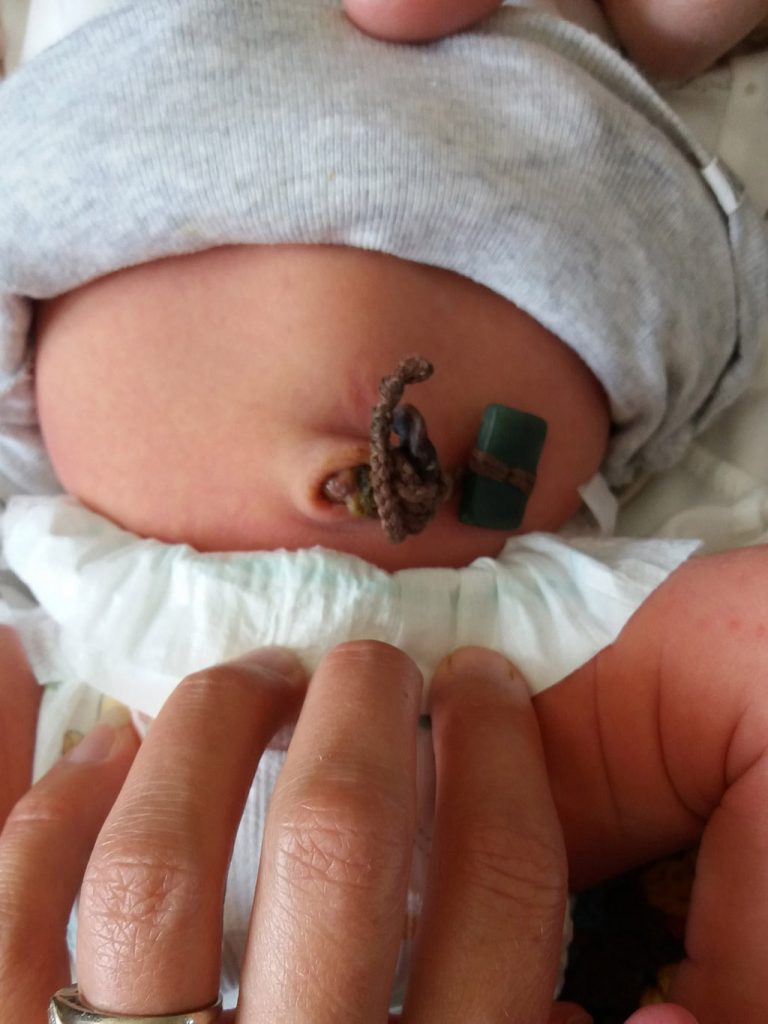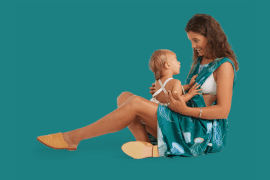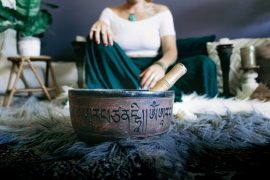By Hannah Schenker
Chances are, if you’re about to have a baby, cutting the umbilical cord will be somewhere on your radar but you may not have given it much thought, other than who will be doing the cutting. The most common way to cut your baby’s umbilical cord is to clamp the cord with a plastic clamp – kind of like an awkward plastic peg – before cutting with scissors. But did you know there is a more natural, softer alternative?
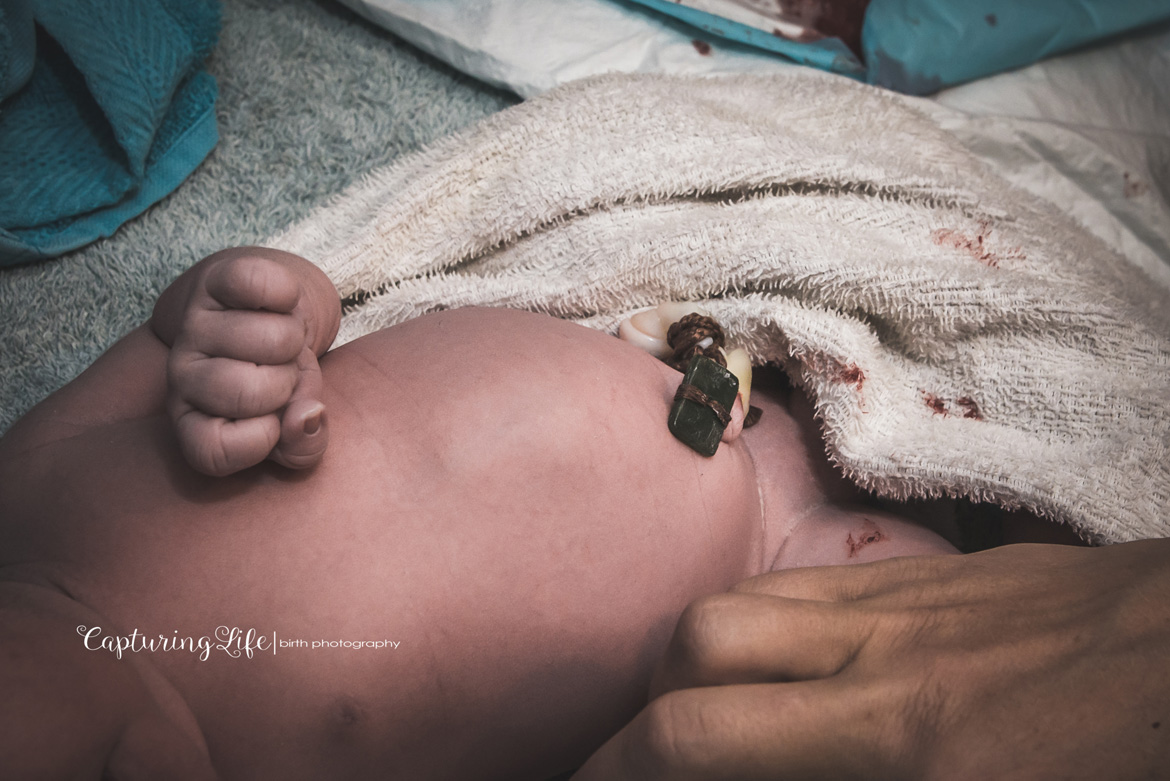
After a baby is born, the baby is still attached to the placenta by the umbilical cord. The placenta has been delivering your baby’s life blood throughout your pregnancy through that incredible cord, packed full of stem cells, red and white blood cells, even disease-fighting T-cells to ensure your baby can fight off any disease or infection as they develop. Traditionally, the cord was cut fairly soon after birth – with health professionals citing reasons like delaying could cause health risks, or that there was no benefit to delaying. But in recent years, research is showing that delaying cord clamping until after the cord has finished pulsing the last of its blood from the placenta to your baby can offer significant health benefits like increasing the baby’s iron stores (source) and may actually allow more stem cells to be delivered from the mother to the fetus (source).
So – once you’ve given your baby the best start possible by delaying cord clamping, you are ready to proceed. You do not need to go the mainstream route of the hard plastic peg on your soft baby’s skin, that gets caught up in your baby’s clothing – you can choose something far softer, easier to use, more personal and special. This is a significant part of the birthing process for your child, so why not honour this moment.
These umbilical cord ties from Aotearoa Gemstones, photographed by Emily Holdaway of Raising Ziggy, are made with a cotton or hemp braided cord and tied off with a small New Zealand stone – Pounamu, Serpentine, Aotea or Rhodonite. Not only will your baby’s birth be connected to Aotearoa New Zealand in this deeply special way, it can also become your baby’s first taonga or treasure – it can easily be turned into a necklace or bracelet for your child to wear later on. Because the braid is soft and the stone is small, this kind of cord tie will be easy to manage while dressing and moving your baby around, and the umbilical cord will heal and fall off nice and quickly.

